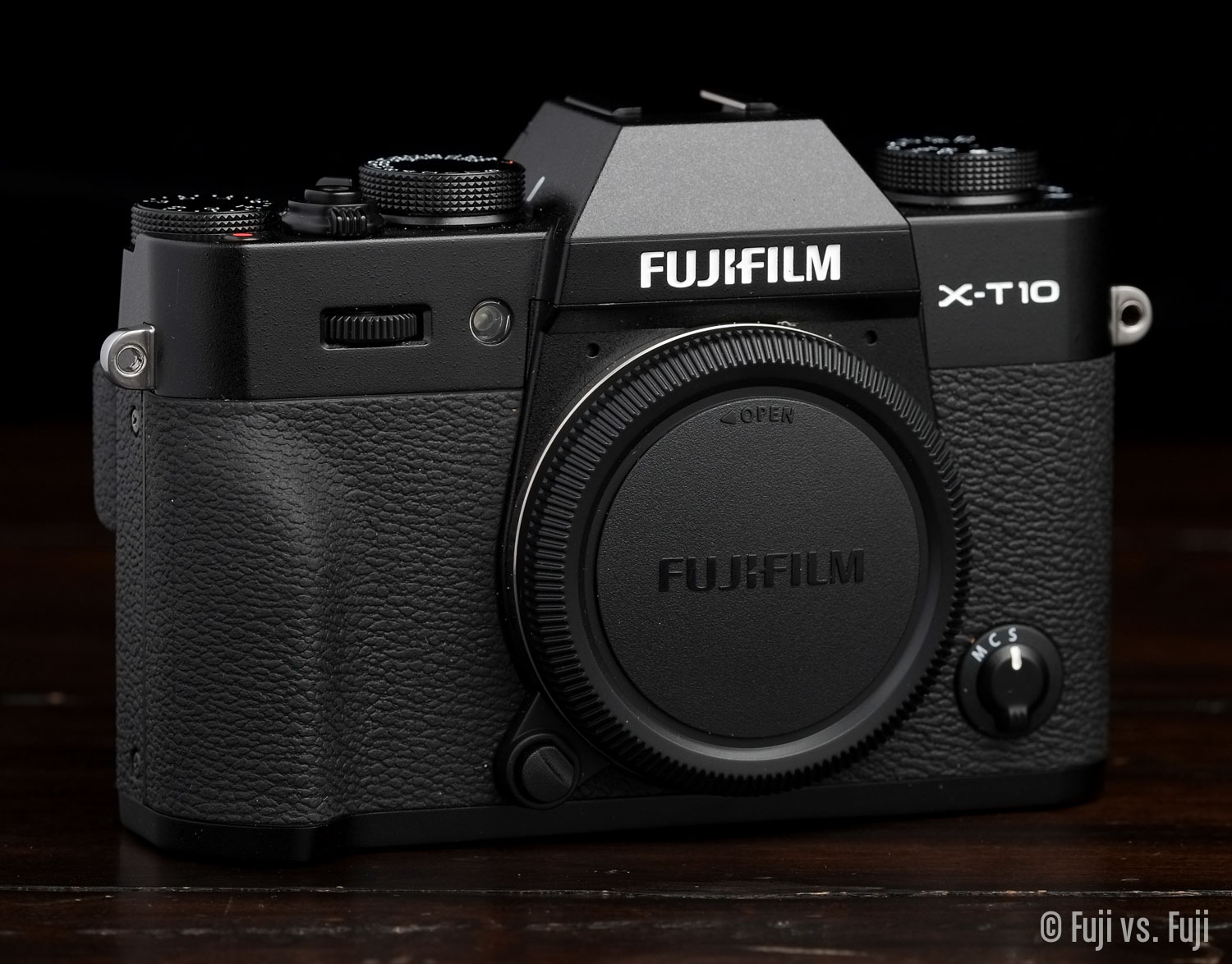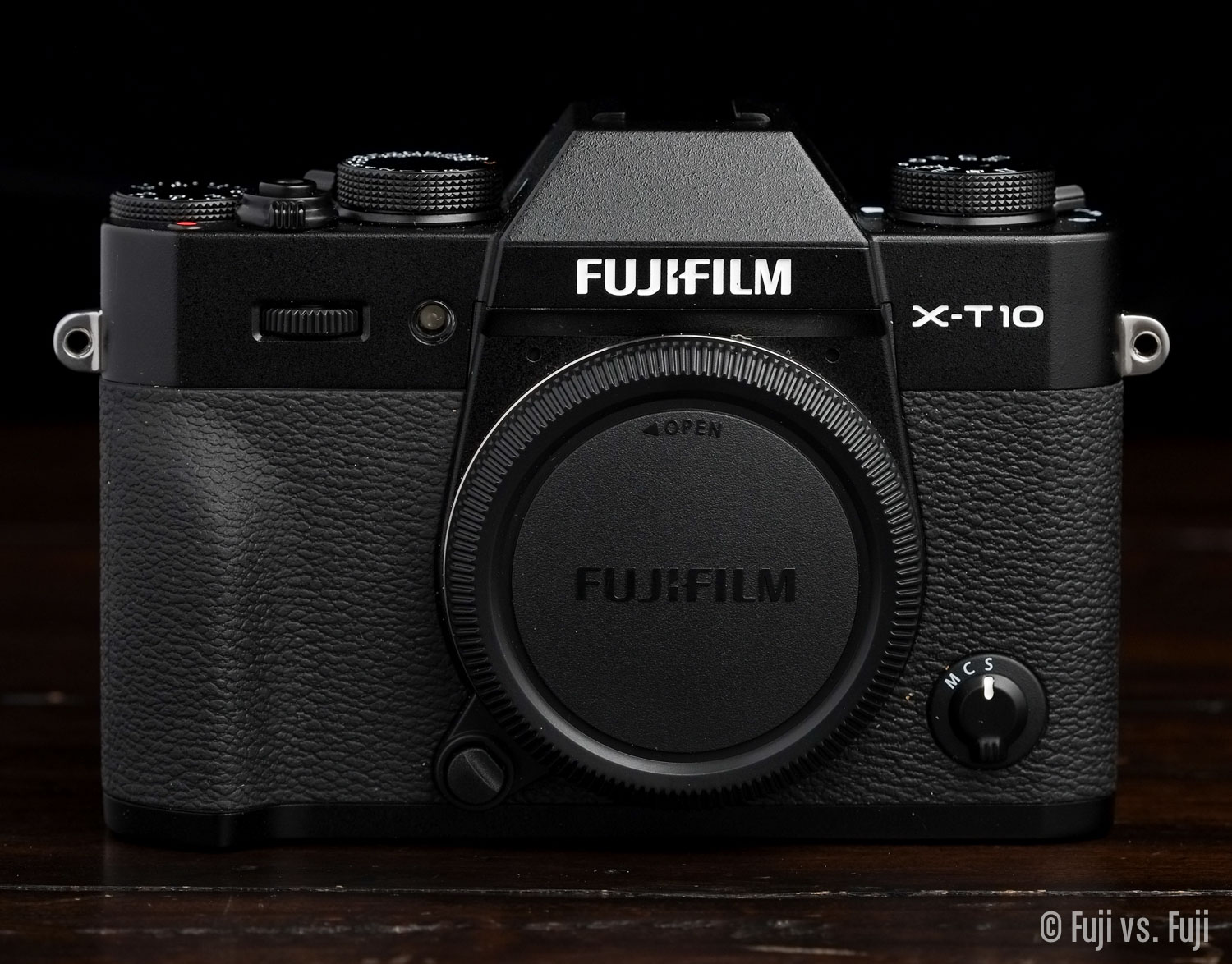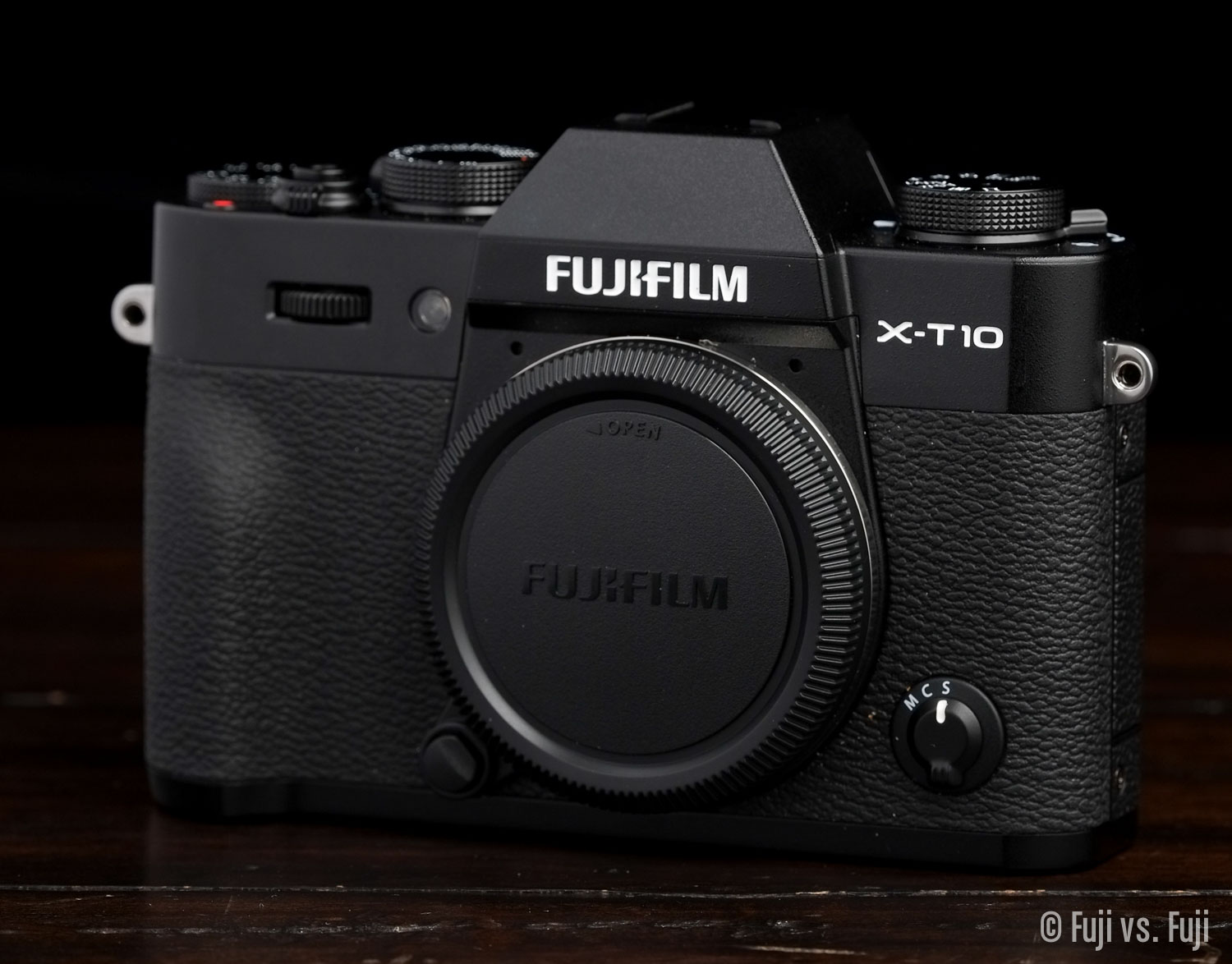The D-pad buttons are a big improvement in tactile feedback and precision. Placement has also improved with one exception. The View Mode button has been placed above the image review button which is always the top left button on the rear of the camera. I know I’m going to be constantly pressing that button to review images, and wondering what’s going on. Beyond that the placement is great, they are super responsive and every intentional press registers immediately. I thought maybe I’d miss the click-wheel. I don’t. The other nice thing is, despite not having as much room on the back, it doesn’t feel anymore cramped, in fact, it feels roomier. The new button arrangement really helps.
The new exposure compensation dial with ±3EV is nice. Still waiting for exposure bracketing to increase from ±1EV though.
The EVF/OVF switch has gone back to the original X100-style lever since it’s is now bidirectional. More on that in a bit.
LCD
Ah, nice and large. My X100S’s EVF looks puny by comparison now.
OVF
The live parallax refresh works fantastically well. While manually focusing, it moved as quickly as I needed it to. The frame will also dance around the viewfinder window when set to Continuous AF. Not at pro DSLR pace, but it’s definitely quick enough to help track little ones who might be running around.
The OVF/EVF hybrid is nice. I figured at the very least I would want to keep it on for focus confirmation while in AF mode, but in the samples, I can sometimes see what’s actually in front of the viewfinder ghosted behind the inner EVF, especially if your eye isn’t square with the viewfinder. Perhaps this is something that will be improved with firmware as we near the final release, or it could just be something that needs getting used to. It’s an interesting sensation having the EVF overlaid atop the OVF.
Pushing the viewfinder lever one way toggles the hybrid EVF on and off, the other direction switches entirely to EVF mode.
EVF
X-T1 owners will be right at home with this EVF. It’s not as large and seems to lack some contrast compared to the X-T1, but it’s pretty big—larger than the X100S—and refreshes just as quickly as the X-T1’s. Then there’s the rotation of the improved UI.
Autofocus
During my testing, it felt an awful lot like the X-T1, which is what we were expecting. I will be interested to see if it is able to match the X-T1’s night-vision-goggle-like autofocus in extremely low light.
We no have confirmation, however, that the AF system is the same as the one found in the X100S, although “algorithms have been changed a little,” and that could certainly account for faster AF speeds if we use the original X100’s firmware 2.0 as reference.
User Interface
Fuji keep refining the UI of their cameras and it keeps getting better. The X100S UI feels older, and it’s evident that some decisions we’re made as a compromise for the lower resolutions displays, both in the EVF, and on the LCD. I really like the “look and feel” of this UI.
Classic Chrome
As mentioned in my X30 review, more quality Film Simulation Modes are always welcome. Zack Arias says he’ll be using Classic Chrome now and nothing else. I’m not willing to go that far, but it will definitely see some use. And it seems we have confirmation that all X100(S) users will soon be able to enjoy Classic Chrome as well.
Conclusion For Now
The X100T is another incremental step, but it’s a large stride in the progress of Fuji’s X100 line. It’s not earth shattering, but the improvements to usability will take the uncanny enjoyment that seems to infect every photographer who uses one, that much higher.
Should you upgrade?
X100 users, no question. If you love what the X100 offered, and you passed on the S, the X100T will be a huge upgrade in every respect from image quality, to user experience all round. For X100S users it’s a little bit different. You could probably make a pretty decent return by selling your X100S, and in that respect, the difference could easily be worthwhile.
I’ll of course be doing an extensive head to head with the X100S so I’ll be getting one, but if I didn’t have this site as an excuse, I’d likely follow my own thinking above and sell my X100S to fund an X100T. I almost think of it as an iPhone upgrade. Could I get by without it? Sure. Would I enjoy the day to day use of the camera, making the cost per day well under a couple of dollars over the course of the next year? Absolutely. Looking forward to getting my own.





















